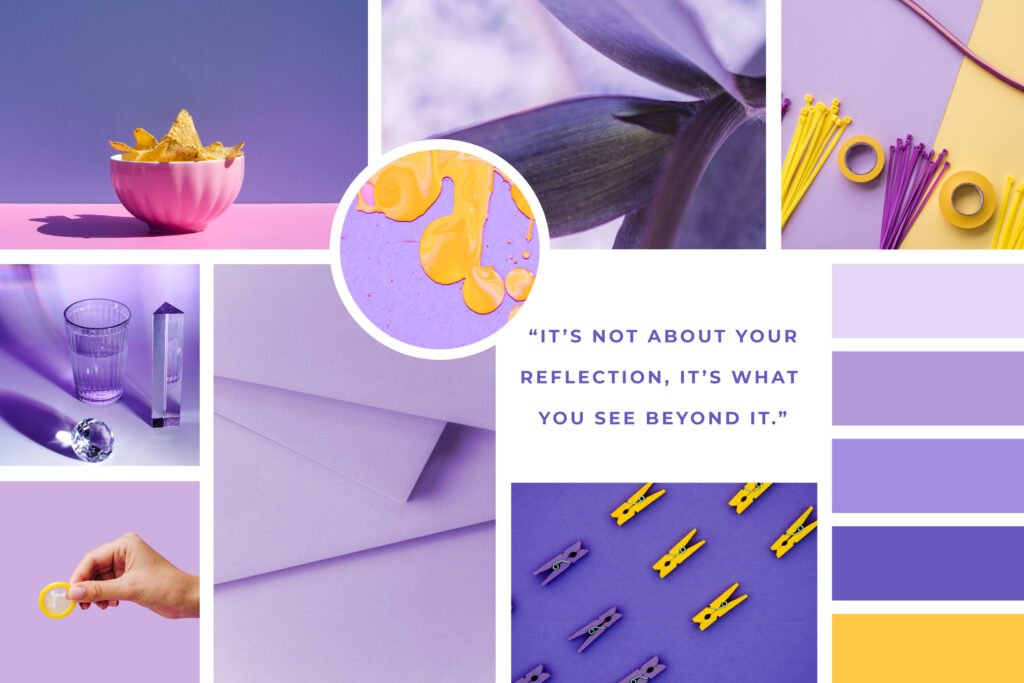Table of Contents
ToggleHow to setup the web design Mood Board? The ultimate guide

As a designer In the vibrant world of web design, the journey from concept to creation is an artistic endeavor that demands a splash of inspiration. every designer should have a Web Design Mood-board in their arsenal. It is a dynamic canvas that breathes life into ideas and transforms them into visually stunning digital experiences.
What are mood boards used for?
A Mood Board is a collection of emotions, a visual storyteller that sets the tone for the entire design process. It’s a collection of different type of visual elements, images and colours, fonts, style, icons.
Their are so many reasons to use a good moodboard.
The main goal of moodboard is to capture the mood and ideas of future design. Also it’ll
2. Capture Excitement: Document Your Project: When you start a new project, think of it as an adventure waiting to unfold. Writing down your research. Capture the soul of your project.
3. Boosting Design Brilliance: It makes the whole creative journey smoother and less time-hungry. For UI/UX, it’s a magic box filled with design goodies – fonts, colors, and other elements. Everything you need for a stunning digital masterpiece.
4. Action Speak Louder Than Words: Sometimes, explaining design ideas in words is like describing colors to someone blindfolded. But with a moodboard, you don’t have to do that – you just show your work. So, Share it with your client or team. It’ll help your growth.
Crafting Your Mood Board: A Simple, Step by Step Guide
1. Define Your Goals: Close your eyes and feel the vibes you want in your project. This isn’t just about pictures; it’s about creating a mood that speaks to people’s hearts. Before you dive into the visuals, teach yourself in understanding your product. Learn everything about it—the problems it solves, the goals you aim to achieve through your design. Let this knowledge be the fuel for the emotions you’ll infuse into your mood board.
2. Choose Your Platform:
- Physical Mood Board: Use a corkboard or any flat surface. Cut out images and materials to arrange on the board.
- Digital Mood Board: Use software like Adobe Photoshop, Figma Moodboard kit, Canva, or online platforms like Milanote. These offer drag-and-drop functionalities and pre-designed templates.
4. Collect Inspiration: Search online Look for images, textures, and patterns that resonate with your project.
- Explore websites like Pinterest, Unsplash, Dribbble or Behance for inspiration.
- Use social media like Facebook, Instagram etc.
- You can also use magazines, catalogs, or your own collection.
5. Organize and Layout: Organize the collected elements in a visually appealing layout. Group all the related items together, & create sections for colors, typography, images, and other design elements.
